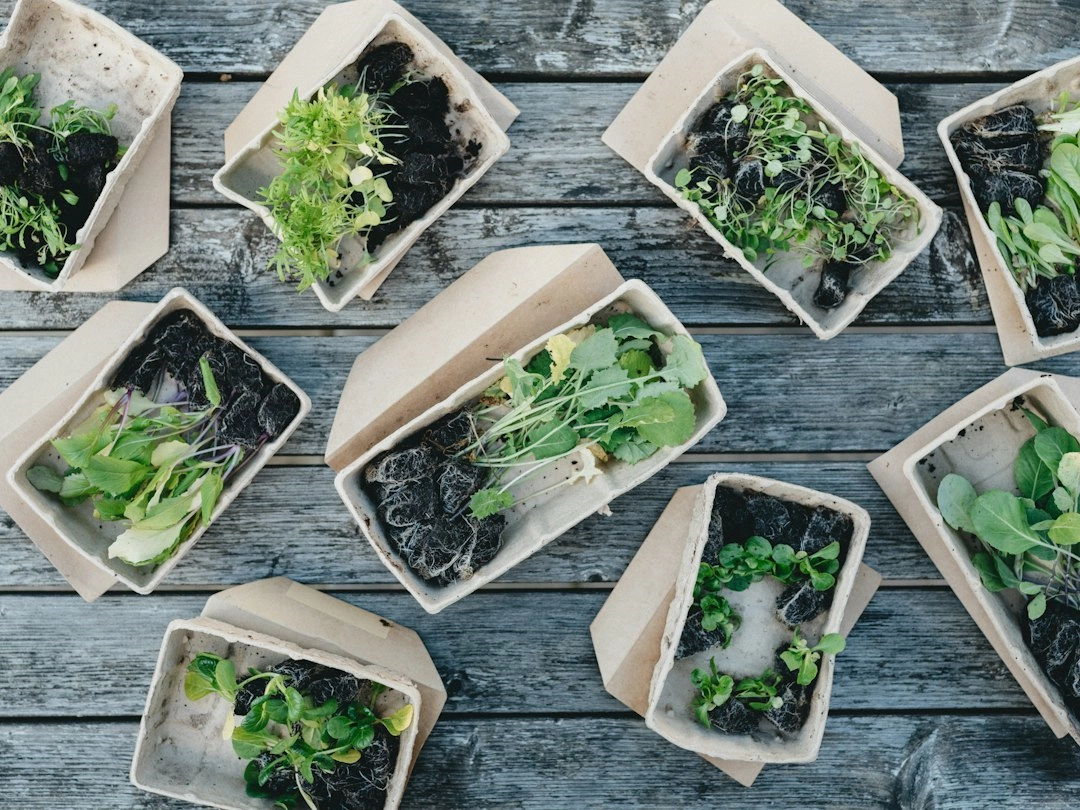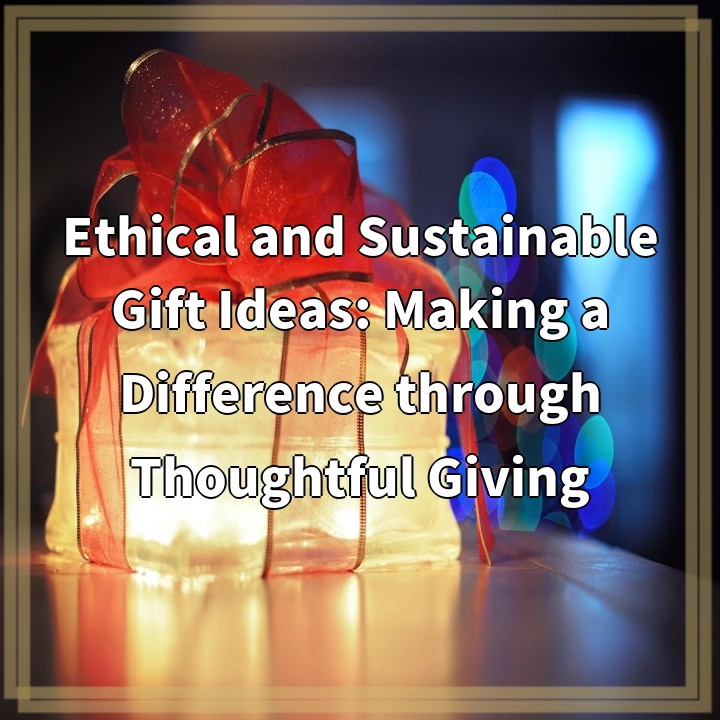
What is Exploring Biodegradable Plastic Alternatives?
Exploring Biodegradable Plastic Alternatives is a comprehensive examination of the various options available as substitutes for conventional plastic materials. As the negative environmental impact of traditional plastics becomes increasingly evident, the search for more sustainable alternatives has gained significant momentum. This blog aims to shed light on the background, present examples, and propose solutions to the real-world problems associated with the use of biodegradable plastics.
Real-World Problems
Despite their promising potential, biodegradable plastics still face several challenges and drawbacks. These problems include:
1. Lack of Standardization
The absence of standardized regulations and definitions for biodegradable plastics has led to confusion in the market. Different products may make various claims about their biodegradability, but without clear guidelines, it becomes challenging for consumers to make informed choices.
2. Limited Infrastructure for Proper Disposal
While biodegradable plastics offer the potential to break down more quickly in certain conditions, they often require specific conditions, such as industrial composting facilities, to decompose efficiently. However, many regions lack the necessary infrastructure for proper disposal, resulting in biodegradable plastics being sent to landfills or inadvertently polluting the environment.
3. Contamination Issues
Biodegradable plastics can become contaminated if they are mixed with traditional plastic waste. This contamination poses challenges in recycling and can hinder the biodegradation process. Without proper waste management systems in place, the potential benefits of biodegradable plastics may be compromised.
4. Carbon Footprint
Producing biodegradable plastics often involves complex manufacturing processes and the use of energy-intensive resources. These processes can contribute to a significant carbon footprint, which may offset some of the environmental benefits associated with their biodegradability.
5. Cost and Scalability
Currently, biodegradable plastics tend to be more expensive to produce compared to traditional plastics. The cost factor, along with limited scalability, presents challenges in widespread adoption and can limit accessibility for consumers and industries.

Solutions to Real-World Problems
To address the challenges associated with biodegradable plastics, several solutions can be pursued:
1. Establish Clear Standards and Regulations
Implementing standardized regulations and certifications for biodegradable plastics is essential. This would provide clarity to consumers and ensure that products labeled as biodegradable meet certain criteria, improving transparency and trust in the market.
2. Improve Waste Management Infrastructure
Investments in waste management systems, such as composting facilities and recycling programs, are necessary to support the proper disposal and processing of biodegradable plastics. This would prevent contamination and ensure that the materials reach the appropriate facilities for effective decomposition.
3. Promote Education and Proper Labeling
Educating consumers about the differences between various types of plastics and their biodegradability is crucial. Clear labeling and informative packaging can help individuals make informed choices and ensure the proper use and disposal of biodegradable plastics.
4. Focus on Life-Cycle Analysis and Carbon Reduction
Reducing the carbon footprint associated with biodegradable plastic production should be a priority. By conducting life-cycle assessments and implementing more sustainable manufacturing processes, the environmental impact can be minimized, making biodegradable plastics a more sustainable alternative.
5. Research and Development for Cost-Effective Alternatives
Further research and development efforts must focus on creating cost-effective alternatives to traditional plastics. This includes exploring new materials, technologies, and production methods that can reduce the overall cost of biodegradable plastics and increase their scalability and availability.















